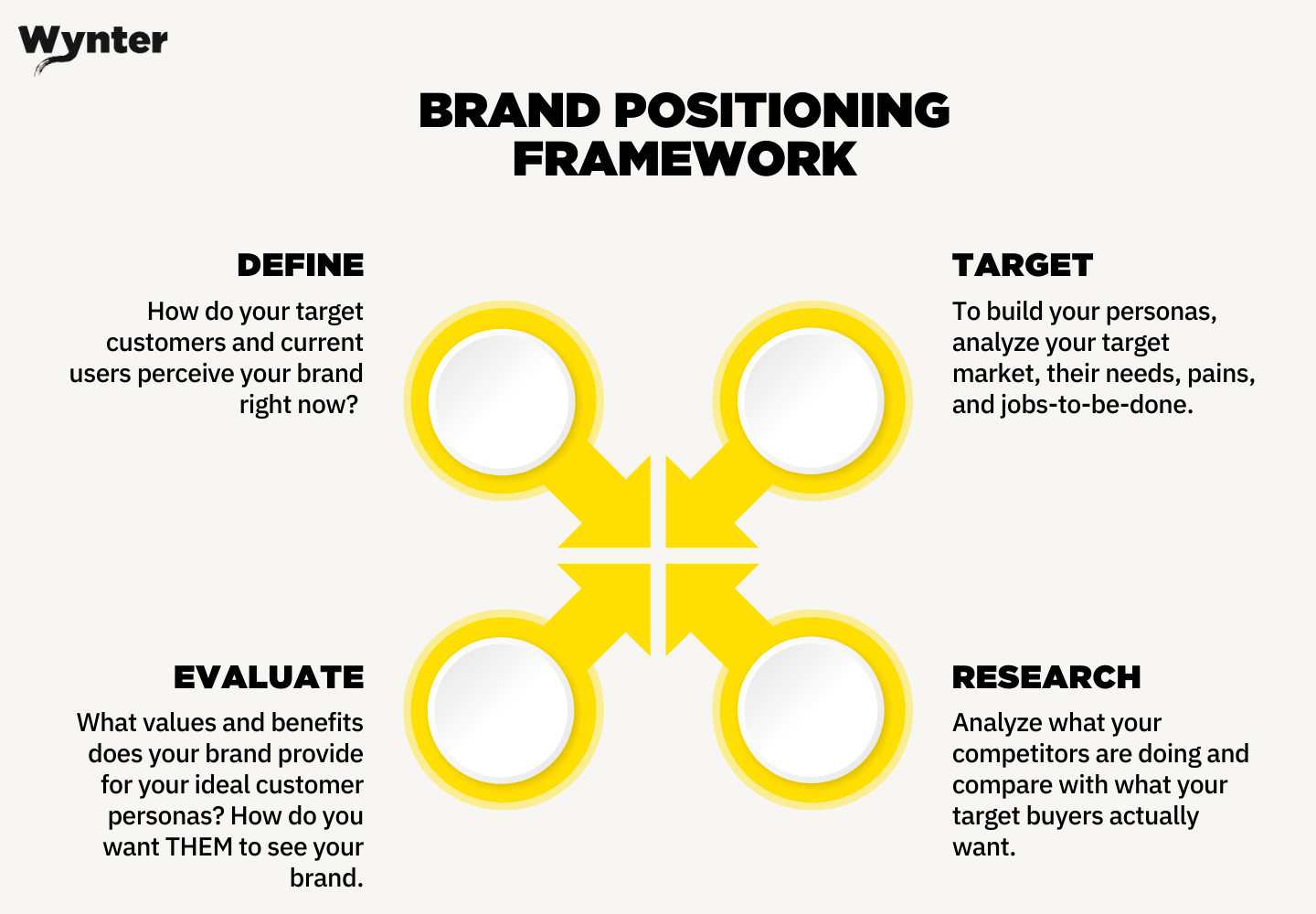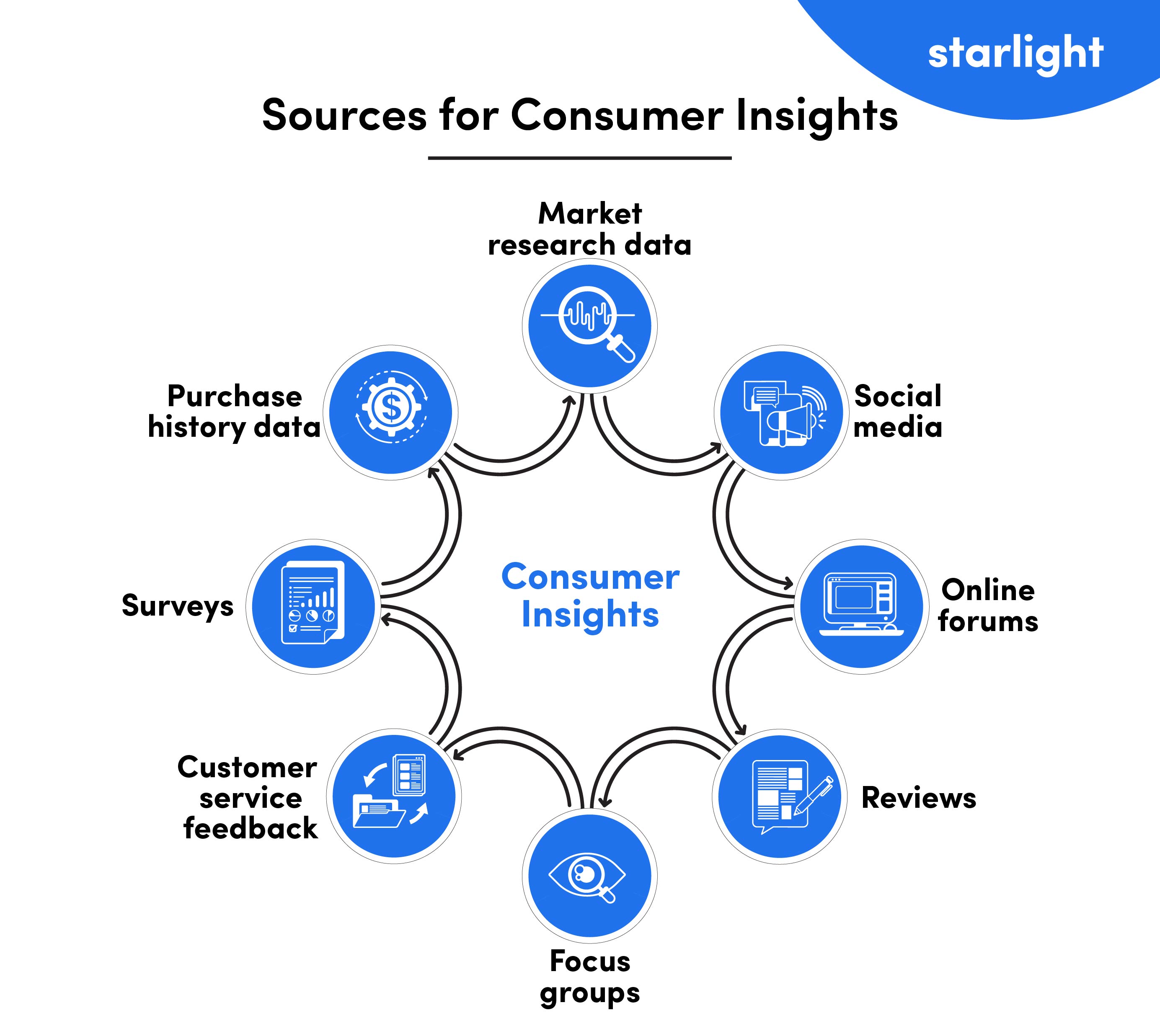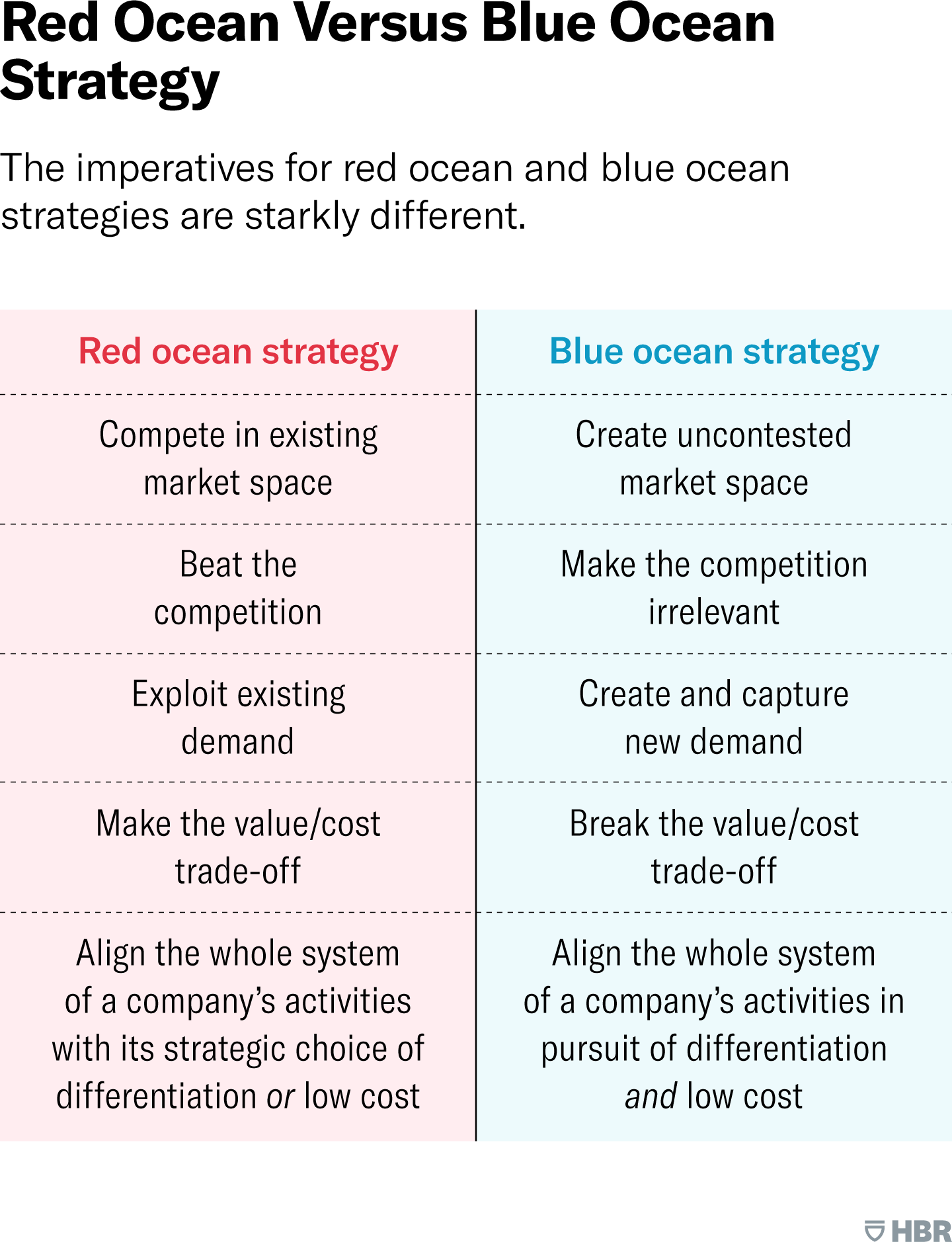Standing out is no longer just an advantage—it’s a necessity. If your business is struggling to distinguish itself in a crowded field, you’re not alone. Many companies face the challenge of market saturation, where products and services risk becoming commodities in the eyes of consumers. But what if there was a way to break free from the noise and secure a dominant position?
Effective differentiation strategies are the key to not only surviving but thriving in such an environment. By leveraging unique value propositions and understanding the specific needs of your target audience, you can position your business as a leader, gaining the market share that others miss out on. In this guide, we’ll explore practical strategies that have proven successful for leading companies, and show you how to apply these insights to your own business to achieve lasting success.
- Differentiate to Dominate: Effective differentiation is crucial for gaining and sustaining market share in a crowded marketplace. Businesses must identify unique value propositions to stand out.
- Overcome Common Challenges: Addressing issues like market saturation and commoditisation is essential for differentiation. Companies must adapt to rapidly changing customer expectations to remain relevant.
- Leverage Proven Frameworks: Utilise established frameworks such as brand positioning and customer insights to develop differentiation strategies that resonate with your target audience.
- Implement Step-by-Step Strategies: Follow a structured approach to implementing differentiation strategies, including market research, value proposition development, and execution across multiple channels.
What are the key components of effective market positioning strategies?
Defining your business’s brand through effective differentiation strategies is crucial for success. Market positioning is the strategic process of associating your brand with specific values and unique attributes. The primary aim is not only to boost sales but also to establish a clear public perception of what your brand represents.
Creating highly specific, unique associations is essential in market positioning. When consumers see your logo, they should immediately think of what sets your company apart. For instance, the Rolls-Royce logo instantly evokes thoughts of luxury, high quality, and status. This is not merely a positive connection; it is a unique set of associations that differentiates Rolls-Royce in the minds of consumers.
What Matters Most?
From our experience, starting with “why” often allows brands to differentiate themselves through purpose-driven messaging, creating an emotional connection with their audience that competitors find hard to replicate. Clients typically discover that positioning their product to highlight unique strengths, especially where differentiation has the most impact, is crucial for standing out in the market. Additionally, building a sustainable competitive advantage with a unique value proposition ensures your differentiation is robust and difficult for competitors to imitate, providing long-term strategic benefits.Get In Touch
Common Types of Market Positioning
- Customer Needs: Identifying your target customers and addressing their specific needs is fundamental. This includes understanding their functionality requirements and overall experience expectations.
- Customer Perceptions: Capturing the imagination of your target audience is vital. For example, a cosmetic brand that actively supports environmental causes and communities can tell a compelling story that resonates with customers, enhancing market differentiation.
- Brand Recognition: Promoting visual symbols and key information helps ensure that customers recognise your brand in a crowded market. Effective differentiation strategies often hinge on strong brand recognition.
- Pricing: Pricing remains a primary form of competition. In many markets, the lowest price competitor with a reasonable level of quality tends to dominate. However, an effective differentiation strategy might involve balancing price with perceived value.
- Quality: To avoid intense price competition, offering superior quality that your target customers strongly prefer is essential. This can be a cornerstone of your differentiation strategy, providing a clear edge over competitors.
- Convenience: Customers are drawn to products and services that simplify their lives. This includes factors like location, usability, and terms of service. For instance, the convenience offered by an e-commerce site with a wide product variety, competitive pricing, easy ordering, and free returns can significantly enhance market share strategies.
- Customer Service: Being more friendly, diligent, and responsive than the competition can significantly enhance customer satisfaction and loyalty. Exceptional customer service is a powerful market differentiation tool.
By focusing on these common types of market positioning, businesses can craft strategies for increasing market share effectively. Ensuring that your brand’s unique attributes are clearly communicated and consistently reinforced will help solidify your position in the market.

How can I identify unmet customer needs for better differentiation?
Identifying unmet customer needs is a pivotal aspect of developing effective differentiation strategies and market share strategies. By leveraging customer insight, you can unearth opportunities that may not be immediately apparent, thus refining your differentiation strategy and enhancing your market differentiation. Here’s how to systematically approach this:
1. Use Existing Data
Start with the data you already have, particularly if you’re utilising a CRM system. Examine this data for pain points or recurring issues. Are there any patterns that emerge from your current customers’ interactions with your brand? By analysing who your customers are and their historical interactions, you can gain valuable insights into whether you’re truly meeting their needs. This is an excellent starting point for developing effective differentiation strategies.
2. Solicit Customer Feedback
To pinpoint consumer needs accurately, engage directly with your customers. This can be achieved through surveys on your site or via email. Conducting focus groups can also provide in-depth insights into customer needs and their overall experience with your product or service. Direct feedback is indispensable for shaping your differentiation strategy effectively.
Source: Statista
3. Customer Journey Mapping
Understanding where your customers are in their journey with your brand is crucial. Customer journey mapping offers a visual representation of how customers interact with your brand. This tool is instrumental in developing a proactive customer service approach and enhancing customer retention. By mapping out the customer journey, you can identify pain points and opportunities for improvement, thus refining your market share strategies.
4. Use Social Media
Capitalize on the social media platforms your customers frequent. Monitor what they are saying about your products and your competitors. Are they asking questions on your posts? What kinds of comments are they making—praise, requests for assistance, or suggestions for new features? Tools like Hootsuite can help you track trends, mentions, and relevant hashtags, giving you valuable insights into customer sentiment and preferences. This can significantly inform your market differentiation efforts.

5. Keyword Research
Given that most customers turn to the internet for information, Google is an invaluable resource for understanding customer needs. Investigate how customers find your brand online and what terms they use in their searches. Keyword research provides a comprehensive overview of customer needs based on search data and is essential for optimising your site’s content to align with customer queries. This not only helps in enhancing your search engine optimisation but also in refining your differentiation strategy.
6. Adopt Lean Principles
Lean principles focus on maximising customer value while eliminating waste. This methodology is vital for developing strategies for increasing market share and enhancing market differentiation. Lean’s core principles include:
- Jidoka: Making errors visible through a scoreboard.
- Genba Genbutsu: Going to the source of the problem to solve it systemically.
- Muda: Eliminating waste in all its forms.
- Kaizen: The continuous pursuit of improvement.
To leverage Lean principles effectively, understand the five steps of Experimental Kaizen:
- Smart Hypothesis: Clearly define your assumptions.
- Data-Driven Benchmarking: Set explicit expectations and collect benchmarks.
- Test by Building: Generate real responses from real stimuli, moving beyond abstract research.
- Measure: Gather both qualitative and quantitative data on customer behaviour.
- Reflect: Use the data to verify or adjust your hypothesis.
Unmet customer needs create opportunities for waste and missed interactions. By applying Lean principles, you can identify and address inefficiencies, leading to better customer experiences and products. This approach not only enhances your market differentiation but also strengthens your market share strategies.
Niche Approaches to Achieving Differentiation
Identifying unmet customer needs is integral to crafting effective differentiation strategies. Here are two niche approaches that can enhance your market differentiation and contribute to your differentiation strategy.
Semi-Structured Discussions/Interviews
Engaging in semi-structured discussions or interviews with your customers, product/service users, or those utilising adjacent solutions can be immensely beneficial. This approach involves discussing their experiences with your products or services in a semi-formal manner.
Semi-structured interviews are particularly effective in a focus group setting as they create an environment of acceptance and safety, allowing participants to feel at ease. This setting encourages participants to provide detailed insights and thoughtful answers, revealing a wealth of information about unmet needs. From my experience, this approach often results in deep insights that are crucial for developing strategies for increasing market share.
However, conducting a successful focus group requires meticulous planning and a detailed guideline tailored to your objectives. Typically, more than one session is needed to obtain valid results. It is crucial to remember that a focus group is:
- Not a debate
- Not group therapy
- Not a conflict resolution session
- Not a problem-solving session
- Not an opportunity to collaborate
- Not a promotional opportunity
- Not an educational session
This structure ensures that the discussion remains focused on gathering valuable insights for your market share strategies and differentiation strategy.
Problem-Benefit Structure Analysis
The problem-benefit structure analysis is a method used to identify unmet customer needs for existing products or services. This approach involves three main steps:
- Develop a List of Potential Problems and Benefits: Collaborate with your customers or chosen recipients to create a comprehensive list of potential problems associated with your products/services and the corresponding benefits that address their needs.
- Prioritise Identified Problems: Ask participants to rank the identified problems based on the extent to which your product or service delivers the listed benefits. This ranking could be on a scale of importance, such as:
- The problem is important (100)
- The problem occurs frequently (80)
- The problem occurs rarely but is costly (60)
- A solution to the problem exists (40)
- Analyse Problem Scores and Take Action: Analyse the combined scores of these rankings to determine which problems are most critical. This analysis will inform your responsive actions, helping you to refine your effective differentiation strategies.
By systematically applying these niche approaches, you can uncover valuable insights into unmet customer needs. These insights will enable you to develop robust market share strategies, enhance your market differentiation, and strengthen your overall differentiation strategy. Integrating these methods into your strategic planning will not only improve your products and services but also foster stronger customer relationships and drive business growth.
Our Tactical Recommendations
We’ve found that owning a word or phrase that defines your differentiation and consistently reinforcing it across all channels is often a game changer for brand recognition. Clients often find that simplifying complex concepts not only makes their offerings more accessible but also strengthens their market position. Leveraging brand assets like symbols, slogans, or stories typically reinforces differentiation, making it more memorable and easier for customers to connect with your brand on a deeper level.Get In Touch
What are the first steps in developing a Blue Ocean Strategy?
Three Basis for Successful Differentiation:
- Product: To outperform competitors, a company can offer innovative products that precisely meet customer needs. While this may involve significant investment in research, development, production, and marketing, the return on investment is often substantial, positioning the firm as a market leader.
- Pricing: Market forces of supply and demand dictate product pricing. A company can achieve differentiation either by offering the lowest price or by commanding a premium price due to superior product value.
- Organisation: Differentiation can also be achieved through organisational strengths such as brand reputation, strategic location, goodwill, and customer loyalty.
Unravelling the Blue Ocean Strategy
A blue ocean strategy focuses on creating new demand in an uncontested market space, rather than competing in saturated markets. This strategy involves identifying untapped market potential and developing products or services that make the competition irrelevant.
Most blue oceans are created from red oceans by redefining industry boundaries. The essence of a successful blue ocean strategy lies in finding the right market opportunity and capitalising on it.
A prime example is the introduction of the iPod by Apple in 2001. Steve Jobs described it as a new category of digital music player that allowed users to carry their entire music collection in their pocket. Apple went beyond the existing market expectations and created a product that spurred the birth of a new industry. By anticipating unmet customer needs, Apple successfully executed a blue ocean strategy that redefined the market landscape.

Developing Your Own Blue Ocean Strategy
If you’re ready to rethink your business strategy and uncover opportunities that are often hidden in plain sight, it’s time to explore your Blue Ocean Strategy. Here are five essential tools to help you craft and deliver an effective Blue Ocean Strategy, driving your market differentiation and differentiation strategy.
Strategic Canvas
The first step in assessing your current investments and competitive positioning (your value curve) is to use a strategic canvas. This tool helps you visualise where you stand relative to your competitors and identify areas for differentiation.
Consider Polo versus Tommy Hilfiger. Both brands were similar, with the only notable difference being Polo’s higher investment in online sales—at least, that’s what they thought. To move beyond being “just another designer t-shirt,” they needed to eliminate and reduce certain elements while creating and raising others. This shift in focus resulted in a new positioning and a strategic canvas that highlighted their unique value propositions.
Source: Lippincott
Understanding who your nonusers are is crucial for expanding into new markets. These nonusers represent untapped potential and can be categorised into three tiers:
- First-tier nonusers: These are the buyers who occasionally purchase an industry’s offering out of necessity but are not fully engaged. Offering them a significant leap in value can convert them into frequent customers, unlocking substantial latent demand. Think of them as “soon-to-be” customers. For example, a tax accounting firm primarily focused on tax planning and preparation could explore additional services that current clients might need, such as financial advisory or business consulting. Research common questions and pain points to identify these opportunities.
- Second-tier nonusers: These individuals consciously refuse an industry’s offerings. They recognise the products or services but have chosen against them. Consider the people who avoided circuses until Cirque Du Soleil redefined the experience, or those who preferred walking over taxis until Uber emerged. Identify your “refusers” and find innovative ways to appeal to them, potentially opening up profitable new markets.
- Third-tier nonusers: These are the furthest from the existing market—people who have never considered your industry’s offerings as an option. For example, Skype could target new users who have never tried video calling. Explore who might benefit from your product but isn’t currently aware of it. List your ideas for potential users across these three categories to broaden your market share strategies.
Visual Exploring
Visual exploring is a lesser-known yet crucial aspect of a Blue Ocean Strategy. As experts in transforming companies, we understand the challenge of asking nonusers, “What do you need?” Often, people cannot easily articulate their needs, the makeshift solutions they have devised, or why they have not approached you for a solution.
How can you gain new perspectives if you remain confined to your office? Here are some ways to visually explore and uncover hidden opportunities:
- Field Observations: Take your staff, especially those at management level, out into the field to conduct observational research. Spend a day in the life of your customers and observe how they are solving their problems. Are they using your product in innovative ways? Simply watch, listen, and identify emerging pain points.
- Culture Probes: Engage nonusers by providing them with images or artefacts and asking them to build stories around these items, describing how they solve a particular problem. This method can be conducted in groups or individual sessions and is instrumental in uncovering unmet needs. Nonusers can help you develop a prototype of a solution, a product or service that truly addresses their requirements.
How does the Four Action Framework steps enhance my differentiation strategy?
The Four Action Framework is a powerful tool for redefining your business strategy and identifying strategies for increasing market share. It builds on the insights from your strategic canvas, guiding you to reposition your business to reach nonusers or new markets. This framework helps you determine what to “eliminate,” “reduce,” “raise,” and “create” to enhance value and drive innovation.
By focusing on these four actions, you can refocus your differentiation strategy and reimagine your market differentiation efforts. This approach ensures that you are not merely redirecting expenses but are fundamentally enhancing your business strategy to develop effective differentiation strategies.
Applying the Four Action Framework
- Eliminate: Identify which factors your industry has long competed on that can be eliminated. For example, certain features or services that add complexity but little value can be removed to streamline your offerings.
- Reduce: Determine which factors should be reduced well below the industry standard. These could be areas where the industry over-serves customers, adding unnecessary costs and complexity.
- Raise: Decide which factors should be raised well above the industry standard. This could involve enhancing customer service, improving product quality, or increasing convenience to significantly boost your differentiation strategy.
- Create: Identify which new factors should be introduced that the industry has never offered. This is where true innovation happens, enabling you to capture new demand and make the competition irrelevant.
By systematically applying these actions, you can refine your market share strategies and create effective differentiation strategies that foster long-term growth. Integrating these methods into your strategic planning will not only improve your products and services but also enhance your market differentiation, driving sustainable business success.









